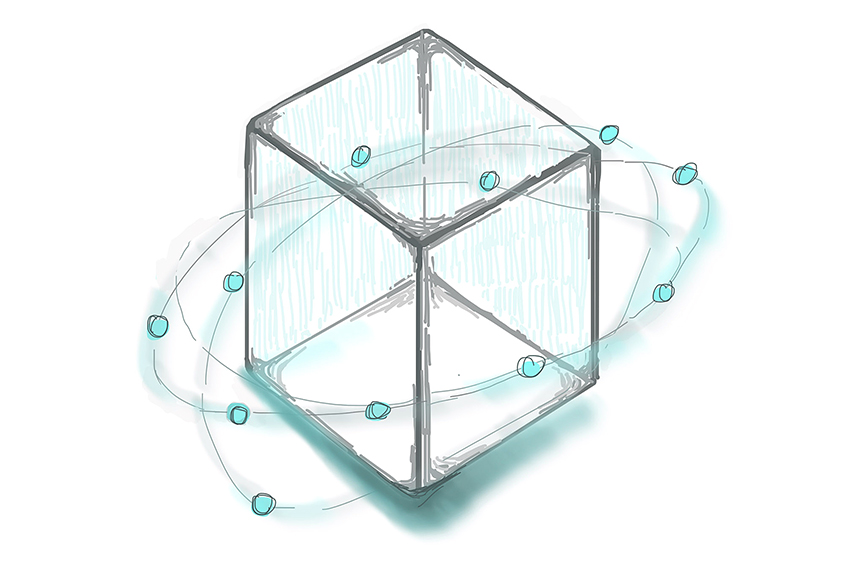- UT Dallas researchers recently discovered a new way to improve the speed and capability of electronics.
- Cheng-Cheng Liu, the study’s lead author and assistant professor at Beijing Institute of Technology, and Fan Zhang, physics professor at UT Dallas, were part of a team that investigated and designed a weak topological insulator.
- Topological insulators have an exterior that conducts electricity and an interior that does not. While the interior insulates, the surface acts as a conductor, like a metal, but, according to Bing Lv, physics professor at UT Dallas, it is stronger than a normal metal.
- Zhang said that topological insulators are either classified as strong or weak.
- Numerous elements exist in nature as strong topological insulators, but weak topological insulators are less prevalent. Zhang said that their team used bismuth iodide to make a weak insulator.
- “If you had a cube of material that is a strong topological insulator, all six faces can conduct electrons. For the weak one, only the four sides are conducting, while the top and bottom surfaces remain insulating,” Zhang said.
- While strong topological insulators have been used since they were theorized a hundred years ago, not much research has focused on weak topological insulators.
- Zhang said that he and his team focused on weak topological insulators because they have the ability to reduce the amount of energy lost in a system. Limiting this energy loss improves the electric current of a system and allows it to more accurately perform a given task.
- Weak topological insulators are also capable of conducting spinning electrons. Electron spin is denoted as either “up” or “down” and can be pictured as either clockwise or counterclockwise rotation of the electron, respectively. Materials currently used in electronics do not have much control over electron spin, making them less effective than electronics built with topological insulators. Topological insulators absorb spinning electrons efficiently, allowing devices to function faster and contain more electrical power.
- “Topological insulators in general have the potential to make devices 100 times faster and even smaller,” Lv said. “It will be a dramatic change.”
- Lv said that the work seems simple because researchers have already discovered that the the basic component of weak insulators is bismuth iodide. However, he said that the challenges his team faces surround producing a very pure and high quality material.
- The team recently sent a sample of their weak topological insulator to UC-Berkeley, where it will be tested for electron conductivity over the next several months.
- Zhang said that the team plans to continue looking at the fundamental physics behind the material and other practical applications that the material has to offer in the future.
- “Because the field is so young it is at the frontier of research,” Lv said. “It came out of a theory a hundred years ago, which is very good news to me. Scientists can really jump into this field.”
UT Dallas researchers develop material for improved electronics
June 19, 2016
More to Discover
Menu
Close Menu
Activate Search
UT Dallas researchers develop material for improved electronics















